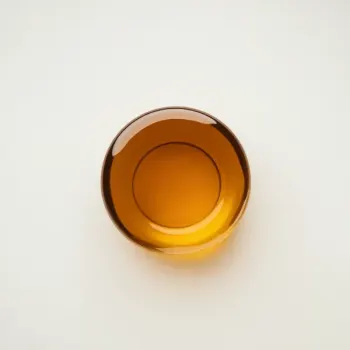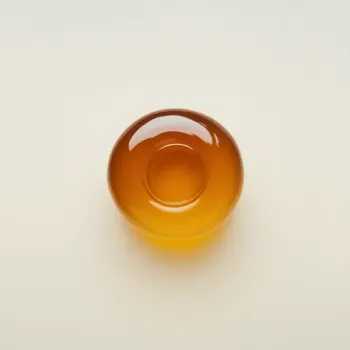"Honey vs Maple Syrup" are comparisons of two natural sweeteners, detailing their differences in flavor, texture, and culinary uses in breakfast foods, baking, and beverages, as well as their nutritional content and adaptability in recipes.

Honey is a natural sweetener produced by bees using nectar from flowers. It varies in color and flavor depending on the types of flowers the nectar was harvested from, but it generally has a thick consistency and a sweet, floral flavor.

Maple syrup is a sweet syrup made from the sap of maple trees. It has a distinctive flavor, which can be described as rich, woodsy, and caramel-like, and is typically thinner in consistency than honey.
Honey and maple syrup differ in flavor, texture, and source. Honey has a thicker texture and a sweeter, floral taste that varies by the flowers used, while maple syrup is thinner, less sweet, and has a unique woodsy taste. Honey is made by bees, and maple syrup is produced from the sap of maple trees.

Your ultimate Recipe Box, Meal Planner, and Cooking Class all in one
Honey is often drizzled on yogurt, granola, and pancakes. Its rich sweetness enhances the natural flavors of these foods. When using honey in these recipes, expect a stickier texture and a flavor boost, especially when paired with fruits. Maple syrup is a classic topping for waffles, French toast, and oatmeal. Its smooth consistency and rich flavor complement the texture of these breakfast items without overwhelming them. Maple syrup also adds a touch of sweetness to savory breakfast dishes like bacon.
In baking, honey is used to add moisture and a distinct flavor to breads, muffins, and cakes. It can also contribute to a darker, crispier crust due to its natural sugars caramelizing. When substituting honey for sugar, reduce the amount of liquid in the recipe. Maple syrup can be used in baking to create a subtle sweetness and complexity in pies, cookies, and glazes. It pairs well with autumnal spices like cinnamon and nutmeg. When using maple syrup in place of sugar, you may need to slightly adjust baking times and temperatures.
Honey is a popular sweetener for tea, smoothies, and homemade lemonades. It adds not only sweetness but also a hint of flavor complexity. Honey can be difficult to dissolve in cold beverages, so it's often best to use it in warm drinks or dissolve it beforehand. Maple syrup is commonly used in coffee, cocktails, and milkshakes. Its ability to blend smoothly into both hot and cold liquids makes it versatile. The rich flavor of maple syrup can complement the bitterness of coffee and the alcoholic notes in cocktails.
Honey and maple syrup both contain natural sugars and small amounts of vitamins and minerals. Maple syrup has a higher concentration of manganese and zinc, while honey contains trace amounts of pollen and antioxidants.
| Nutrient | Honey ( per Tablespoon ) | Maple Syrup ( per Tablespoon ) |
|---|---|---|
| Fat | 0g | 0.04g |
| Sodium | 1mg | 2.4mg |
| Calcium | 1mg | 13.4mg |
| Protein | 0.06g | 0g |
| Calories | 64 | 52 |
| Carbohydrates | 17.3g | 13.4g |
Yes, they can be used interchangeably, but due to their distinct flavors and sweetness levels, adjustments may be necessary.
Both sweeteners have their own health benefits and drawbacks; choosing between them depends on personal dietary needs and preferences.
Maple syrup is suitable for a vegan diet, while honey is not considered vegan as it is produced by bees.
Honey should be stored at room temperature to avoid crystallization, while maple syrup should be refrigerated after opening to maintain freshness.
Yes, both can be used to glaze meats, dress salads, or as a part of marinades, adding a touch of sweetness to savory dishes.